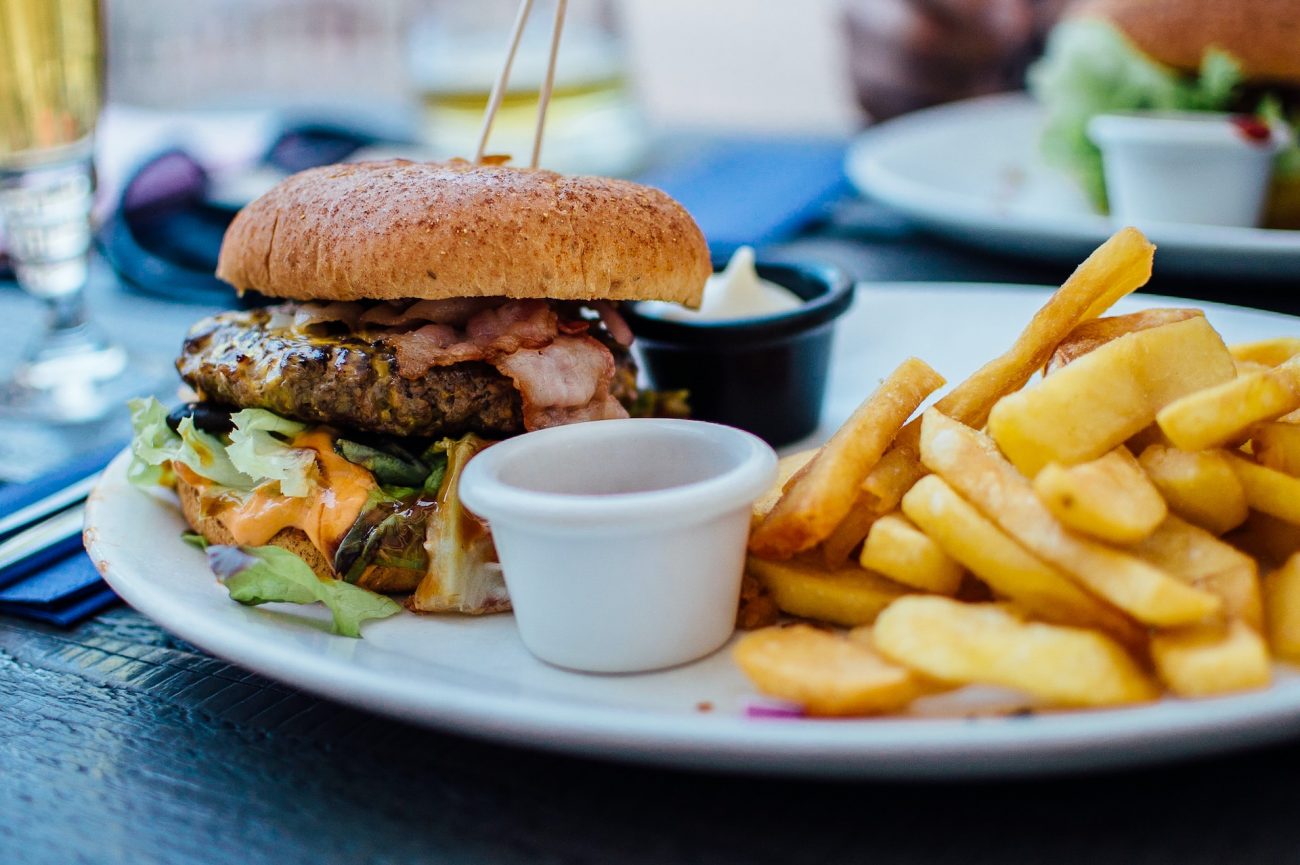The future of the quick serve restaurant industry is “phygital”
The future of the quick serve restaurant industry is “phygital” with mobile connectivity taking central stage
Colin Abrey of Nextivity explains some of the reasons why
When it comes to customer facing technology, the UK’s hospitality sector (with the exception of MacDonald’s, that is) has historically lagged behind other industries, where take up has been more readily accepted. The advent of COVID-19 and the need to quickly adapt to minimize in-person contact, however, provided the trigger needed for a seismic change. Many of the digital processes introduced to achieve this are now firmly here to stay.
The diverse range of technologies and applications rolled out over the last three years – touch screen kiosks, digital menus, digital collections, QR codes, cashless payment systems, etc. – all have one thing in common: the need for a robust communications network for their very operability. And that doesn’t just mean Wi-Fi. Ensuring seamless mobile coverage is equally important if not more so. Not only does reliable mobile phone signals coverage provide the high-speed internet access needed to support in-app services, a growing phenomenon in quick serve restaurants (QSR) and the wider hospitality industry, all one-time authorisation codes (OTAC) – central to cashless payments and SCA – are delivered via text message and not Wi-Fi because of its heightened security risks and universal availability.
The operational and customer experience benefits the above-mentioned technologies bring to fast food restaurants, pubs, and cafes speak for themselves and will quickly deliver a fast ROI. Behind-the-scenes processes are slicker, menus can be updated in real time, customers benefit from in-app promotions, order fulfilment times are shorter, and fewer front of house staff are needed, which can only be a good thing considering the industry is facing chronic staff shortages.
A technology having the greatest impact is the QR code, so much so that the global QR code market is predicted to hit $1.3 billion by 2026. And it’s easy to understand why. They are no longer expensive to implement, they provide quick access to digital menus and ordering systems, and, unlike many digitized services, they are not Wi-Fi dependant. So long as a pub, restaurant, or cafe has reasonable mobile phone coverage, customers are simply required to scan the code to place their orders and make payment, speeding up order fulfilment and reducing wait times, two fundamental requirements in hospitality and restaurant retail.
The only drawback to their successful implantation and indeed to the use of other digitized services, is that many facilities have poor to non-existent mobile coverage, which begs the question, why?
Location and building materials are the main culprits. Many QSRs are situated in busy shopping malls, convention centres, travel hubs, listed buildings, etc., a good proportion of which suffer from poor in-building mobile connectivity because of their physical location within these types of properties. Indeed, it is not uncommon for some areas in large multi-story buildings to have good coverage whilst other areas are mobile dead spots. To exacerbate the situation there are line-of-site, 5G, and capacity challenges to contend with. Building materials like iron, steel, reinforced concrete, insulation products, or glass also impact mobile signal strength, particularly 5G signals, which have much shorter transmission ranges than their 4G counterparts and proprietor/owner failing to take this into account will lose their loyal customer base.
The only way to guarantee the levels of coverage needed to deliver positive customer experiences whilst ensuring your digital technologies will work as they should, is by taking the strong outdoor network inside using third-party equipment. There are several options to choose from depending on building type, building size, the services needed, and budgets available.
Until recently these choices were restricted to operator-connected legacy DAS deployments, but limited budgets and a lack of in-house expertise make these types of installations unviable to all but large enterprise organisations. QSR facilities and the wider hospitality industry need “DAS” style connectivity but without the expense or complexities involved. Many also need third-party support in exploring the different options, the most viable of which is Ofcom-compliant mobile repeater systems.
Now that the rules pertaining to their usage in the UK have been relaxed, delivering the levels of coverage required to support customer facing technologies is no longer the arduous task it once was. Many smart mobile repeaters or Active DAS Hybrid systems are also carrier-agnostic, which means that they will improve mobile coverage levels for all users regardless of the chosen provider. Installs can be completed in just a few days and the outcome will be better communications for customers and staff. The same system will also ensure reliable mobile coverage needed to support QR codes, cashless payments, as well as next generation smart building technologies.
In an interconnected world, seamless mobile connectivity is the very essence of digitization with smartphones being the driving force behind many of the customer facing technologies being used. QSR companies don’t just need better connectivity, they need smarter connectivity, and this is only possible if Wi-Fi networks and mobile coverage systems are of equal standing.







